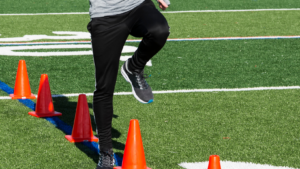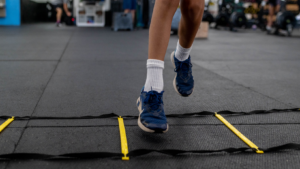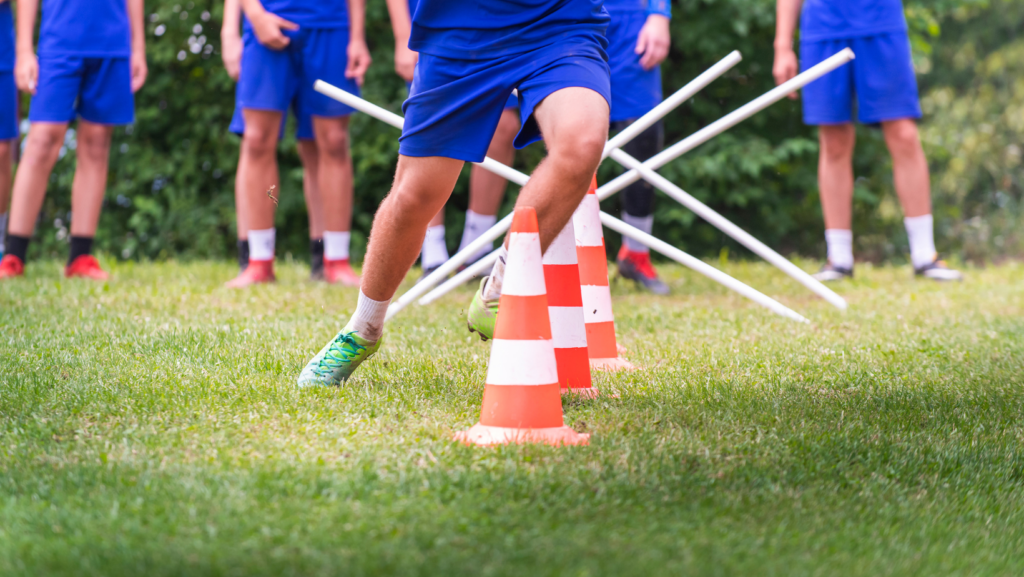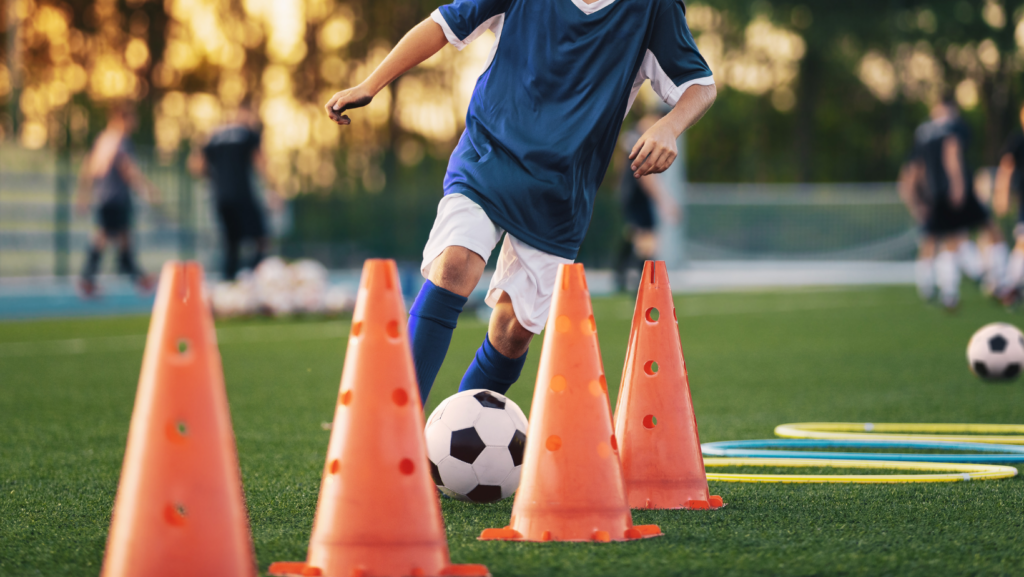In today’s fast-paced world, where youth are increasingly drawn to screens and sedentary activities, the importance of speed and agility training can’t be overstated. These training programs not only enhance athletic performance but also contribute to overall physical development. By focusing on speed and agility, young athletes can gain a competitive edge while building essential skills like balance, coordination, and endurance.
Speed and agility training isn’t just for aspiring athletes; it’s a foundation for lifelong fitness and health. Engaging in these activities helps youth develop a sense of discipline and teamwork, qualities that extend beyond the field or court. Parents and coaches play a crucial role in encouraging participation, ensuring that young individuals reap the benefits of improved physical fitness, increased confidence, and reduced risk of injury. As the demand for well-rounded athletes grows, incorporating speed and agility training for youth programs becomes increasingly vital.
Speed And Agility Training for Youth

Speed and agility training for youth prepares youth for athletic challenges by improving physical attributes. These programs are crucial in nurturing skills that support long-term fitness and well-being.
Speed and agility training cultivates essential physical skills in youth. It develops core attributes such as balance, which helps maintain stability during activity. Coordination improves through exercises that synchronize limb movement. Enhancing endurance supports sustained physical effort over time. These elements create a foundation for other sports, reinforcing discipline and teamwork.
Benefits Of Speed And Agility Training For Youth
Speed and agility training for youth offers numerous benefits for young individuals. By focusing on both physical and mental aspects, this training helps build a comprehensive skill set for young athletes.
Physical Advantages
Youth engaging in speed and agility training experience several physical improvements. Enhanced coordination and balance result from drills that require precise body control, such as agility ladder exercises. Increased strength and muscle endurance develop through consistent participation in plyometric exercises. Flexibility improves through dynamic stretching routines, which contribute to a broader range of motion. These physical attributes collectively reduce the risk of injuries during athletic activities.
Mental And Emotional Growth

Training impacts mental and emotional aspects positively, fostering key personal attributes. Enhanced self-esteem grows as young individuals witness their own performance improvements. Better focus and concentration arise from repeated practice of complex movements that demand attention. Discipline strengthens through structured training sessions that instill a sense of commitment. Emotional resilience increases, enabling youth to tackle challenges both on and off the field successfully. These benefits contribute to well-rounded personal development.
Effective Training Techniques
In speed and agility training, incorporating varied methods elevates the performance of young athletes. Proper techniques ensure balanced development and prevent injuries.
Drills And Exercises
Structured drills and exercises form the backbone of effective training. Sprint drills improve linear speed, helping athletes increase their reaction times. Agility ladder drills enhance footwork, coordination, and balance, crucial elements for sports requiring rapid direction changes.
Using the right equipment optimizes training outcomes. Agility ladders improve coordination and foot speed, while cones are versatile tools for creating quick-change drills. Resistance bands increase strength and stability by providing variable resistance during exercises. Access to gym facilities allows for comprehensive strength training sessions.
Common Mistakes To Avoid

In speed and agility training for youth, several common mistakes can hinder progress. Understanding these pitfalls helps young athletes reach their potential.
- Neglecting Warm-ups: Skipping dynamic warm-ups can lead to injuries. Warm-ups prepare muscles and joints for intense activity, improving performance and safety.
- Overtraining: Excessive training without adequate rest causes fatigue and increases the risk of injury. Paying attention to rest and recovery is crucial for sustainable progress.
- Improper Technique: Poor form during drills reduces effectiveness and increases injury risk. Correct technique ensures efficient movement and helps develop proper muscle memory.
- Lack of Variation: Repeating the same drills leads to plateaus in performance. Introducing varied exercises keeps training engaging and aids comprehensive skill development.
- Setting Unrealistic Goals: Ambitious goals without realistic planning create frustration. Setting achievable targets fosters motivation and long-term commitment.
Avoiding these mistakes promotes safe and effective speed and agility training, enhancing both physical abilities and overall athletic development.



